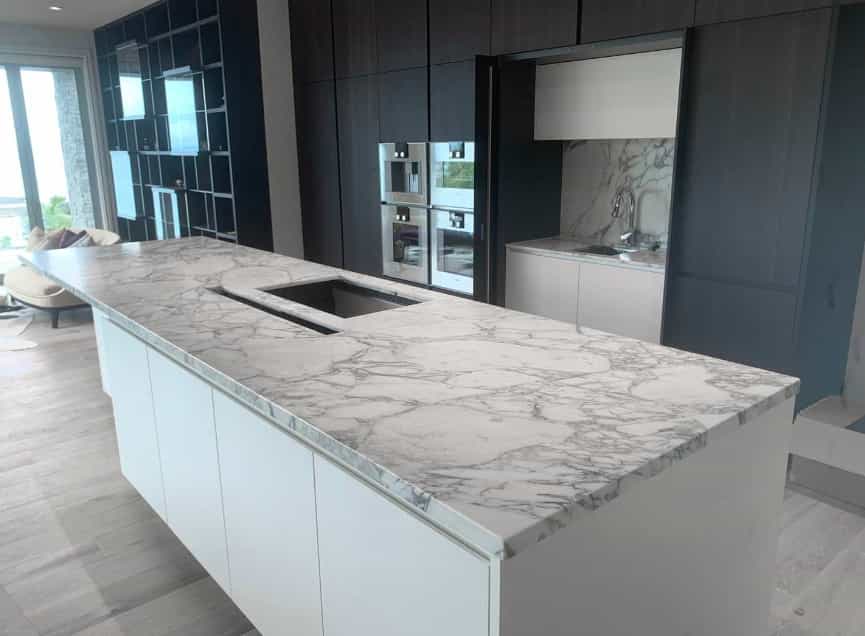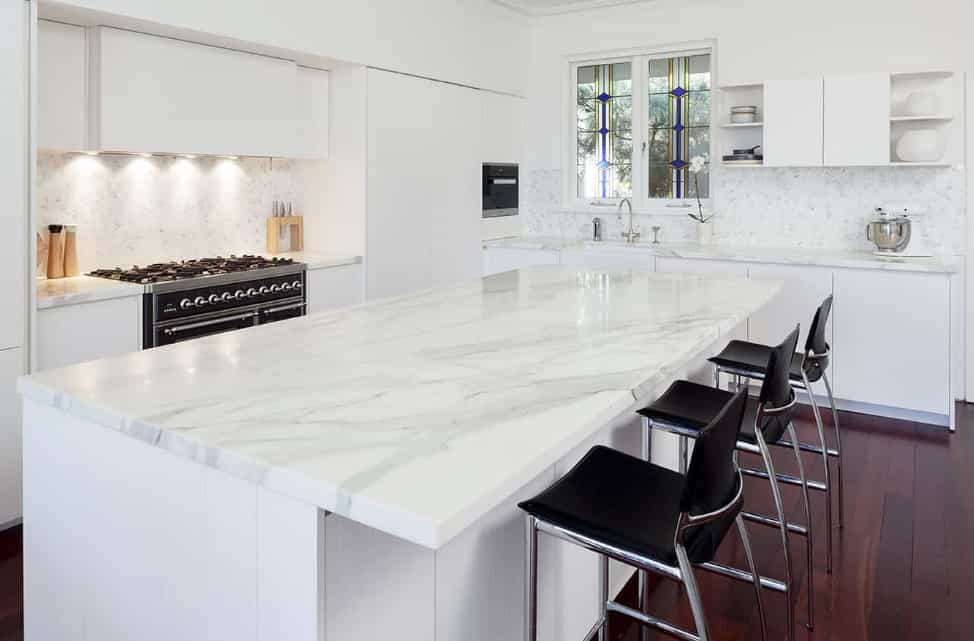Your benchtop is an important part of your kitchen, and it has seen a lot of wear and tear over the years. Whether it’s from spills, heat, or just everyday use, your benchtop will inevitably need to be repaired at some point. When it comes to benchtop repairs in Brisbane, you have a few options. You can either do it yourself or hire a professional.
If you’re going to DIY, then there are a few things you need to keep in mind to ensure a professional finish. Here are 7 tips for benchtop repairs that will help you get the job done right!
1. Choose the Right Materials:
The first step is choosing the right materials for your project. Make sure that they’re compatible with each other and will not react negatively together.
For example, if you’re repairing your kitchen benchtop and it has been damaged by water damage, then make sure that all of your materials are waterproof and won’t break down when exposed to water again.
2. Don’t Be Afraid to Ask for Help:
If you don’t feel comfortable tackling this project alone, then don’t be afraid to ask for help! There are plenty of people who would be more than happy to lend a hand with a DIY project like this one.
3. Consider Using Epoxy Resin:
Epoxy resins are great for repairing benchtops because they can withstand high temperatures, and they stick well to most surfaces without compromising their strength.
However, they can be difficult to find in stores, so it may be best if you order them online instead of going out looking for them at a local hardware store or home improvement store.

4. Check the Sealant:
A common problem with granite benches is that they start to crack or chip over time due to poor sealing. The best way to avoid this is by checking your sealant regularly and reapplying it if necessary.
If your benchtop has become damaged, we recommend using a quality adhesive which will provide a strong bond between the granite and its surface.
5. Use a Good-Quality Filler:
There are many different types of filler available for benchtop repairs, but not all products are created equal!
Some fillers may not be suitable for use on kitchen benches and countertops, while others may not provide a smooth finish after they’ve been applied. It’s important to choose a product that will give you the desired results after it has been applied and sanded down properly!
6. Apply Two Coats of Filler for A Smooth Finish:
When it comes to repairing your benchtop, one of the biggest issues is making sure that it’s smooth and even. You can achieve this by applying two coats of filler and sanding down between each layer. It’s important that you don’t rush this process, or else your benchtop won’t look great in the end!
7. Use a Good Quality Sealant:
When it comes to sealing your repaired benchtop, you want something that lasts as long as possible without peeling off or cracking over time. We recommend using a good-quality sealant for the best results!
Final Words:
Benchtop repairs in Brisbane can look professional when you use the right tools and techniques and get professional help.

